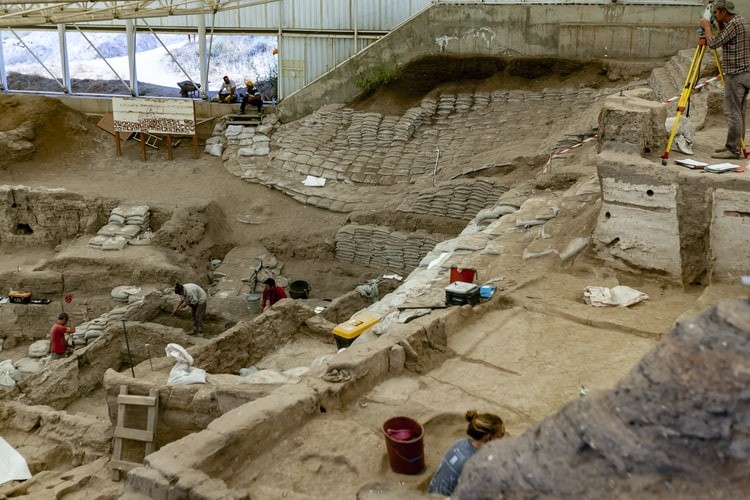
The University of Copenhagen has retrieved genetic information from an 800,000-year-old human fossil and has shed light on one of the branching points in the human family tree. The information reached much further back in time than what was previously possible.
After scientists retrieved the oldest human genetic data set from a Homo antecessor fossil that dates back 800,000 years ago, an important advancement in human evolution studies has been achieved as it gave them more materials to work on.
The findings by scientists from the University of Copenhagen, in collaboration with scientists from the National Research Center on Human Evolution in Burgos, Spain, and other institutions, were published on April 1 in Nature.
Oldest human fossil
According to Frido Welker, a postdoctoral research fellow at the Globe Institute, University of Copenhagen and the first author on the paper, the ancient protein analysis provides evidence for a close tie between Homo antecessors, Homo sapiens, Neanderthals and Denisovans. The results of the research support the idea that Homo antecessor was a sister group to the group containing Homo sapiens, Neanderthals and Denisovans.
Reconstructing the human family tree
Spectrometry was the technique used by researchers to sequence ancient proteins from dental enamel, and confidently know the position of Homo antecessor in the human family tree. The palaeoproteomics is the new molecular method created by researchers at the Faculty of Health and Medical Sciences, University of Copenhagen, and it enables scientists to retrieve molecular evidence to accurately reconstruct human evolution from further back in time than ever before.
The chimpanzee and human lineages split from each other about 9 million years ago. Scientists have relentlessly aimed to better understand the evolutionary relations between our species and the other species in the human lineage.
According to Enrico Cappellini, Associate Professor at the Globe Institute, University of Copenhagen, and a leading author on the paper, much of what they know so far is based either on the results of ancient DNA analysis or observations of the shape and the physical structure of fossils. Because of the chemical degradation of DNA over time, the oldest human DNA retrieved so far is dated at no more than 400,000 years. He adds that the analysis of ancient proteins with mass spectrometry, an approach that is known as palaeoproteomics, allows them to overcome limits.
Theories on human evolution
The fossils that were analyzed by the researchers were found by palaeoanthropologist José María Bermúdez de Castro and his team in 1994. They found it in stratigraphic level TD6 from the Gran Dolina cave site which is one of the paleontological and archaeological sites of the Sierra de Atapuerca, Spain.
The initial observations led the researchers to conclude that Homo antecessor was the last common ancestor to modern humans and Neanderthals. In the following years, the relation between Homo antecessor and other human groups, like humans and Neanderthals, has been discussed by anthropologists intensely.
Even though the hypothesis that Homo antecessor could be the common ancestor of Neanderthals and modern humans is difficult to fit into the evolutionary scenario of the genus Homo, the new findings in the TD6 and the studies done after the findings have revealed different characters shared among the human species found in Atapuerca and the Neanderthals.
Also, new studies confirmed that the facial features of Homo antecessor are similar to those of Homo sapiens and very different from those of the Neanderthals and their recent ancestors.
Related Article: Scientists Say New Hominid Fossils In Kenya Are Unique Find
© 2025 HNGN, All rights reserved. Do not reproduce without permission.








